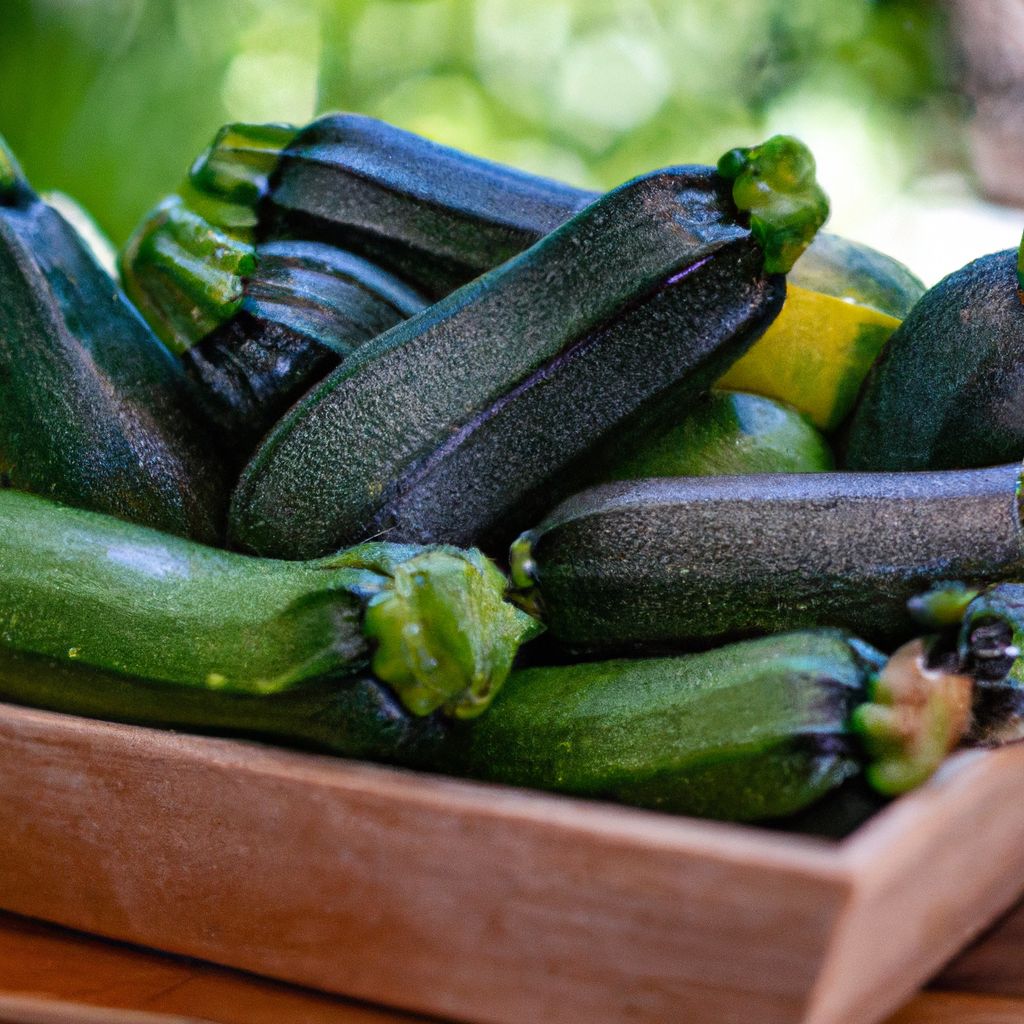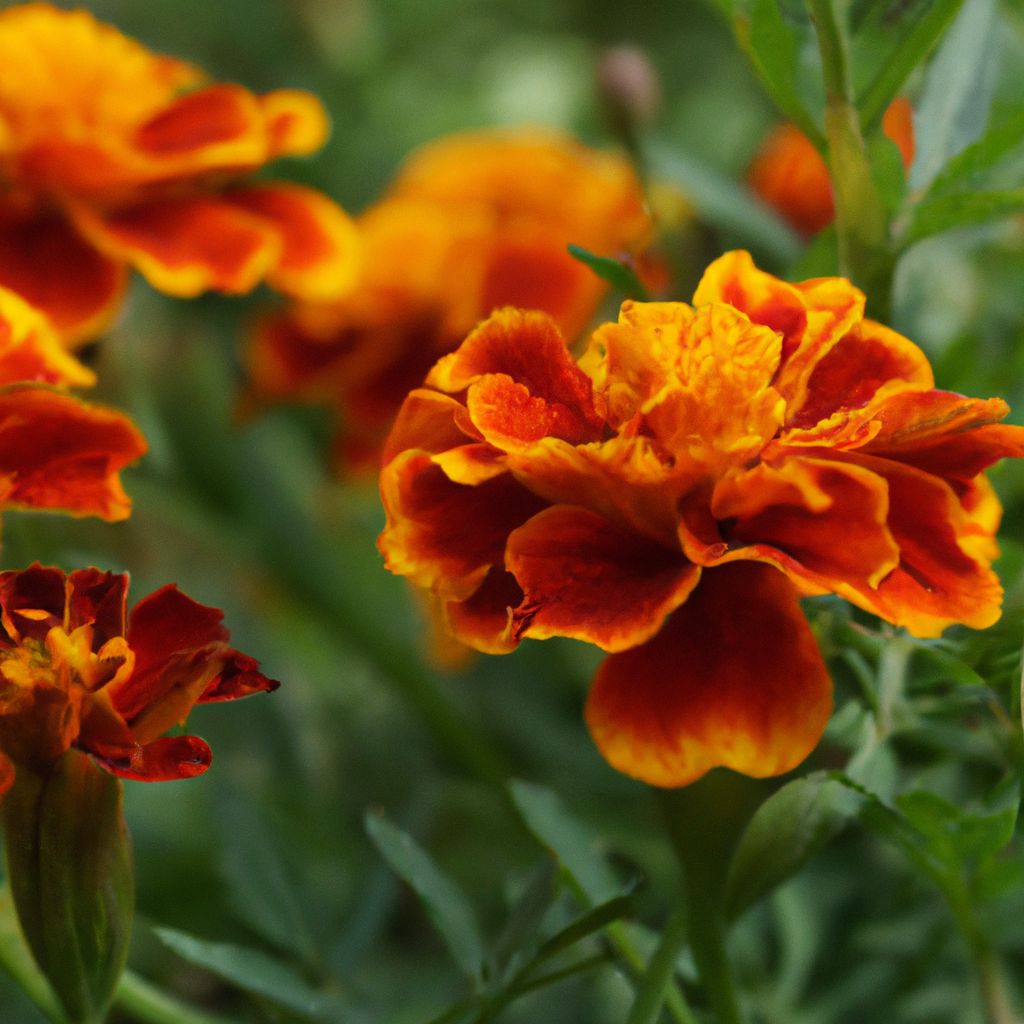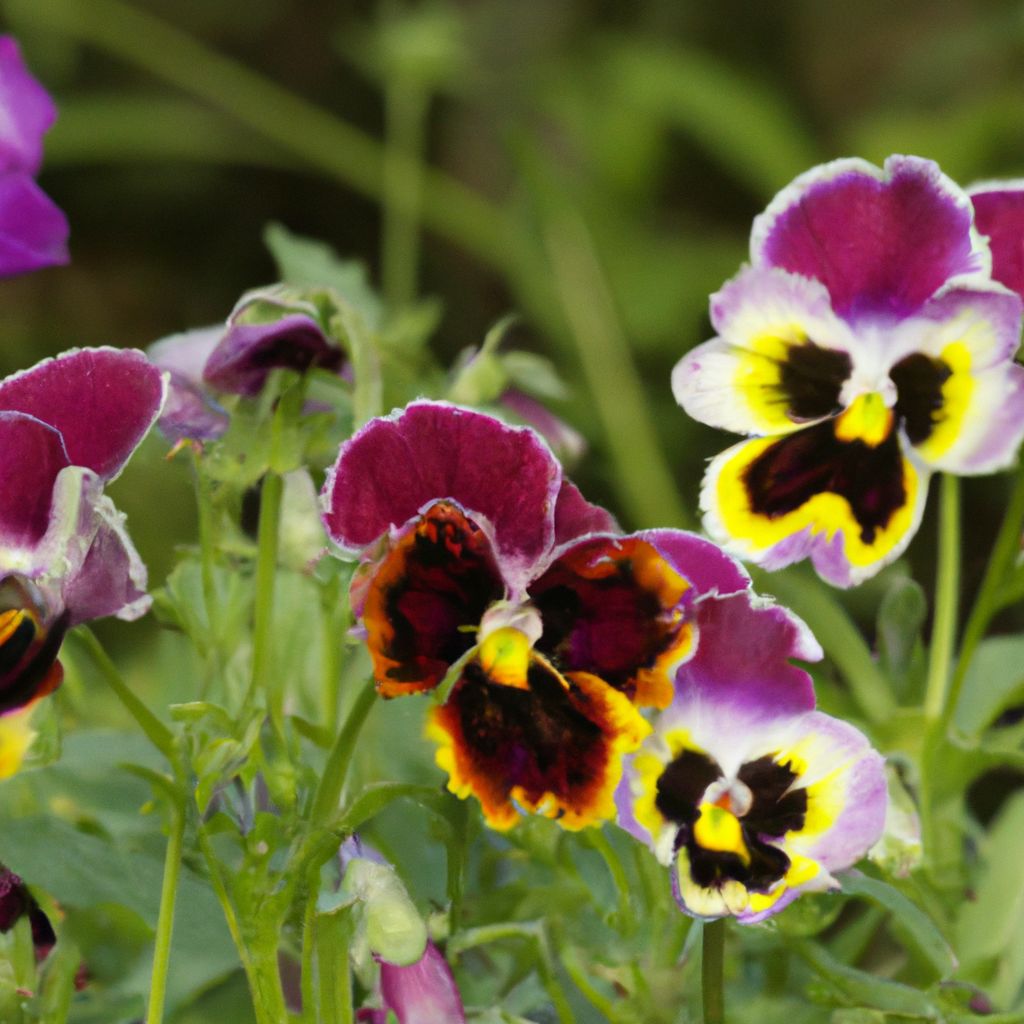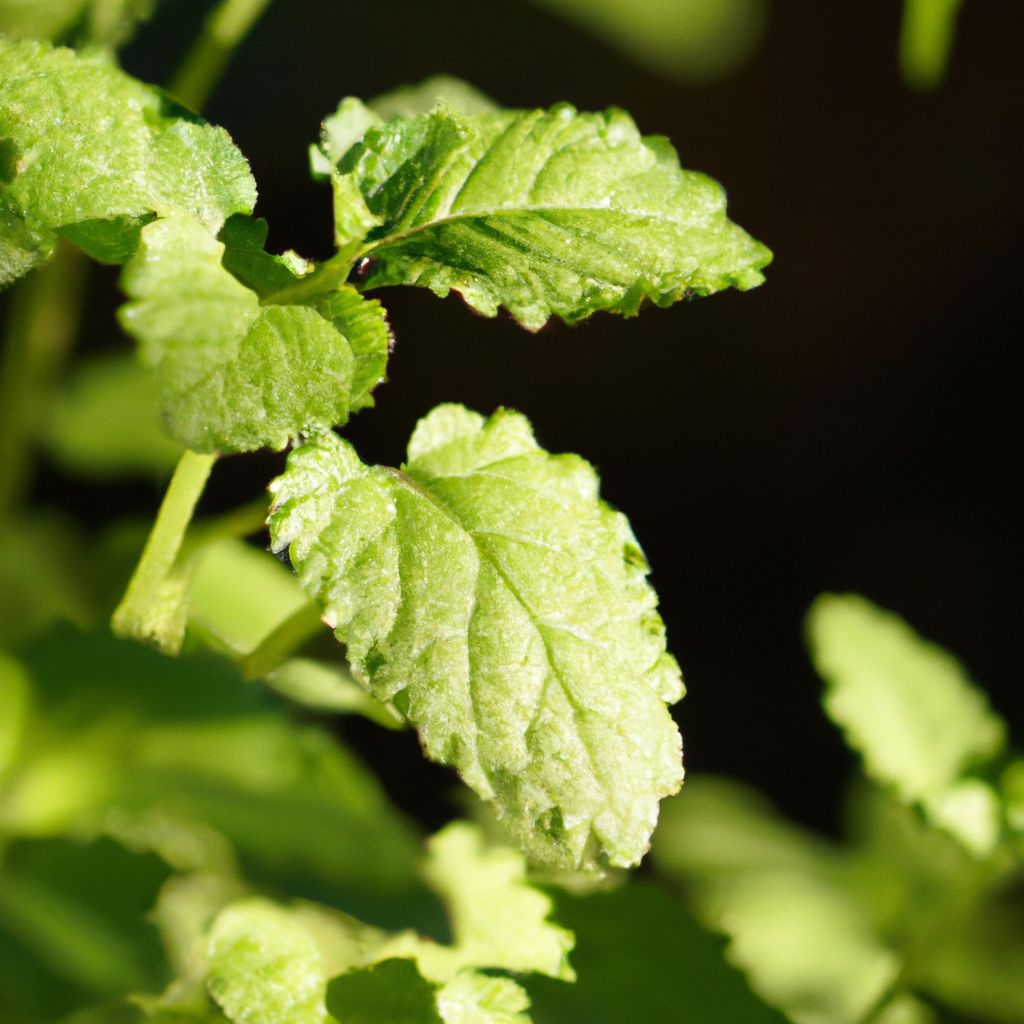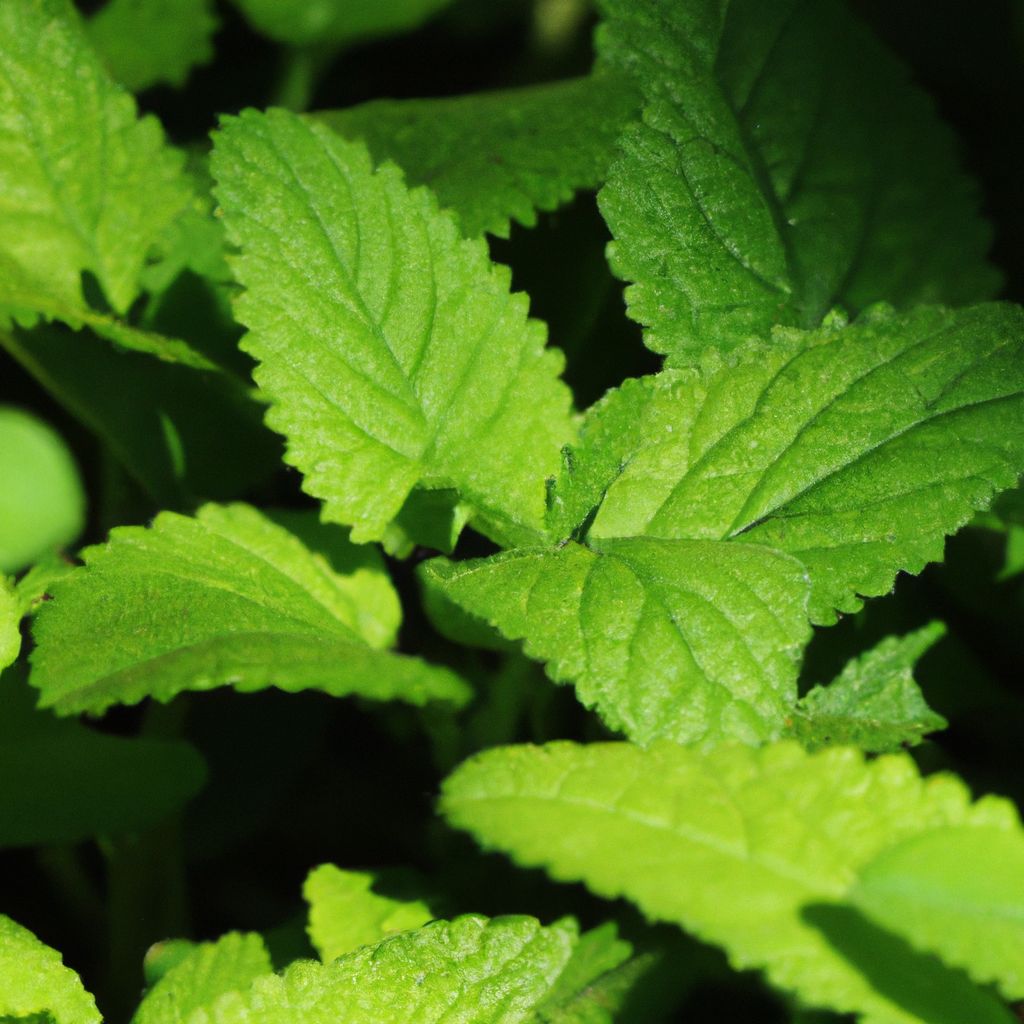Zucchini is one of the most popular and versatile summer squash valued for its flavorful fruits and extreme productivity. Often abundant to the point of excess, the mild-tasting green or golden elongated vegetables with tender edible skins make zucchini a staple warm weather crop for good reason. This comprehensive guide will equip both novice and experienced gardeners with the knowledge to understand zucchini planting and grow prolific zucchini from seed to harvest.
While available year-round in grocery stores imported from warmer climates, homegrown zucchini harvested fresh at its peak ripeness offers unmatched quality and taste. Zucchini requires minimal space, thriving equally well in containers as it does garden beds. Unfussy plants generate high yields with less input than other vegetables. Gardeners with restricted time, space or budgets can rely on zucchini to satisfy desires for fresh-from-the-garden goodness with few demands once initially established. The nutritional compounds in just-picked zucchini decline rapidly after harvest, so growing your own delivers significantly higher vitamin and antioxidant levels. This guide covers choosing ideal varieties, providing optimal growing conditions, managing pest prevention, troubleshooting common issues, successfully harvesting impressive yields, and maximizing enjoyment eating homegrown zucchini all season.
For gardeners seeking an abundantly productive crop that generously rewards modest efforts, zucchini more than fills the bill. A member of the nutrient-dense summer squash family native to the Americas, zucchini offers far more versatility than the bland watery store-bought specimens implying. Available in a spectrum of shapes, sizes and colors beyond the customary two-tone green, myriad zucchini varieties specially bred for flavor and productivity enable customized cultivation for any garden situation. Read on to discover the perfect zucchini to match individual tastes and landscape capabilities through every step from soil preparation and planting to preventing issues, picking, preserving and serving up this bounteous summer treat.
Benefits of Growing Your Own Zucchini
Growing your own zucchini has many advantages:
- Access to fresh, flavorful zucchini: Homegrown zucchini is harvested at peak ripeness for the best taste and texture. Store-bought zucchini is often picked prematurely before full flavor has developed.
- Higher nutrient content: Freshly harvested zucchini retains more vitamins and antioxidants compared to zucchini that has been shipped and sitting on grocery store shelves.
- Save money: A well-cared for zucchini plant can produce abundant fruit, reducing the need to purchase zucchini. Each plant yields 8-10 pounds over the season.
- Low maintenance: Zucchini thrives with minimal care. Once seedlings are established, plants mainly require watering, weeding, and monitoring.
- Suits small spaces: Bush variety zucchini plants have compact growth habits perfect for planting in containers or smaller gardens.
- Reduce food miles: Growing zucchini in your backyard eliminates the need for shipping produce from distant farms, lowering your carbon footprint.
Best Varieties for Home Gardens
When selecting zucchini for your backyard patch or containers, choose hybrid varieties bred for optimal flavor, texture, yields, and disease resistance:
- Dark Green Zucchini – Reliably produces high yields of slender, deep green fruits around 8-9 inches long. Sweet flavor and smooth tender skin. Excellent for slicing, sautéing, or baking.
- Eight Ball Zucchini – Prolific producer of plentiful, baseball-sized lime green fruits on compact, space-saving bushes.
- Gold Rush Zucchini – Pristine golden yellow fruits with delicate skin, crisp texture, and mild nutty taste.
- Costata Romanesco – Beautiful heirloom Italian zucchini variety with characteristic flattened ribbing. Meaty flesh is ideal for stuffing, grilling kebabs, or shredding into baked goods.
- Yellow Crookneck – Heirloom summer squash with butter-hued skin and signature curved, swan-like neck. Fewer seeds and naturally sweeter flavor than green zucchini.

Growing Conditions
Zucchini flourishes in both containers and garden beds when provided optimal growing conditions.
Climate: Zucchini thrives in hot, sunny weather and should be planted outdoors after all danger of frost has passed, when soil temperatures reach at least 65°F and the air is warming to 70°F and above.
Sun: Select the sunniest area of your yard or position containers where they will receive maximum sunshine – at least 6-8 hours of direct light per day.
Soil: Prepare planting area by mixing 1-2 inches of aged compost into the top 6 inches of native soil to enrich with nutrients and organic matter. Ideal pH range is between 6.0-6.8.
Irrigation: Ensure convenient access to watering resources – whether via hose, irrigation system, or proximity for hand watering containers. Zucchini has deep roots and requires 1-2 inches of moisture per week.
Protection: Shield seedlings and plants from heavy winds and cold snaps by situating beds and containers beside protective structures like houses, garden walls, fences and shrubbery.
Starting Zucchini from Seed vs Seedlings
Zucchini can be started one of two ways when zucchini planting:
Seeds allow for more variety selection, are cheaper, and develop a deep root system – but take longer to emerge and establish. Direct sow seeds 1 inch deep and 6 inches apart after danger of frost once soil warms to at least 65°F.
Seedlings establish faster, endure transplanting stress better, and are sturdier against pests and cold temperatures. However seedling options are more limited and cost more upfront. Space seedlings 18-24 inches apart in rows or containers after hardening off.
Follow these tips for the method you choose:
Seeds:
- Sow indoors in biodegradable pots 4 weeks before last frost date
- Place pots in sunny window and maintain 65-85°F temperature
- Thin seedlings to strongest plant per container
- Harden off plants by slowly exposing to outdoor conditions over 7-10 days before transplanting into garden
Seedlings:
- Select short, stocky plants with 5-6 true leaves
- Check for disease and pests – avoid wilted yellow plants
- Water seedlings regularly and shade for 1 week after transplant

Caring for Your Zucchini Plants
Once your zucchini seeds or seedlings are happily situated in the garden, providing consistent care and optimal growing conditions will keep plants vigorous and productive.
Watering & Irrigation: Give plants a deep watering immediately after planting seeds or transplanting seedlings. Maintain consistent soil moisture 1-2 inches per week by watering at the soil level rather than overhead watering, which can encourage diseases by wetting foliage. Implement drip irrigation tubes, micro-sprinklers, or soaker hoses to efficiently deliver water right to the root zone while keeping leaves dry.
Fertilizing: After blossoms appear, begin fertilizing zucchini with an organic balanced fertilizer high in nutrients like nitrogen, phosphorus and potassium. Follow package instructions and reapply every 3-4 weeks. Fertilizers can be worked into the top layers of surrounding soil or applied as a liquid feed directly to leaves. Well-aged compost and worm castings are excellent organic alternatives for nourishing plants.
Pollination: As zucchini plants begin flowering, it is essential to enable thorough pollen transfer between the male and female blooms to ensure a bountiful harvest. Attract bees, butterflies, and other pollinators to your garden by planting colorful companion flowers and avoiding pesticide use. For the highest fruit production, diligently hand pollinate by collecting pollen from male flowers using a small brush and paintbrush and distributing onto the central female pistils daily.
Mulching: Apply 3-4 inches of shredded bark, leaves, straw or other organic mulch atop the soil surrounding plants, taking care not to pile against stems. An effective mulch barrier retains moisture in soil, suppresses competing weeds, keeps roots cool and prevents soil splashing onto leaves during rain and watering. Replenish as needed.
Training & Pruning: As vines lengthen, gently guide growth upwards using soft plant ties onto trellising or A-frame structures. Trim away the lower third of growth once plants exceed 1 foot tall to encourage air circulation. Throughout the season, prune dying leaves or stems showing disease.
Pest Prevention: Remain vigilant in monitoring both upper and undersides of leaves for signs of pests like spider mites, aphids or spotted cucumber beetles which can quickly decimate tender seedlings if infestations spiral out of control. At first sighting, implement organic treatments like sharp streams of water, insecticidal soap or neem oil instead of harmful chemical methods. Row covers physically shield plants early on until blossoms appear.
Weed Control: Hand pull weeds around zucchini plants as they emerge before extensive root systems develop that can damage delicate zucchini roots when extracted. Applying several inches of mulch inhibits most weeds from establishing. For severe weed infestations smothering or competing with struggling zucchini plants for nutrition, carefully spot treat with organic horticultural vinegar spray for targeted control.

Successfully Harvesting Zucchini Bounty
With attentive care and cultivation, home gardeners can expect to harvest as much as 8-10 pounds of zucchini and summer squash per plant! Taste the flavors of summer with these picking, handling and storage tips:
When and How to Harvest
- Inspect plants daily once zucchini fruits reach 4-6 inches, harvesting every 2-3 days. They grow extremely quickly.
- Gently twist mature zucchini from the vine when skin appears glossy and unblemished, before interior seeds enlarge. Choose specimens 6-8 inches long for peak flavor and texture.
- Snip stems using pruners, sharp garden scissors or knife 1⁄2 inch above fruit, leaving portion of stalk attached to prevent rot-inducing bacteria from entering scar.
- Handle carefully to avoid bruises or scratches which accelerate deterioration.
Post Harvest Care
- Transport freshly cut zucchini from garden in gentle fashion to prevent impact bruising or damage. Do not carry by stems as they may break.
- Lightly rinse to remove dirt if needed, but avoid soaking sensitive skin which promotes decay. Rub gently using soft cloth or veggie brush – no abrasive scouring.
- Pat dry using paper towels or soft tea towel before storage to remove excess moisture.
- Arrange unwashed zucchini loosely in sealable perforated plastic bags, then store in high humidity crisper drawer of refrigerator. Proper storage temperature is 45°F to 55°F.
- Under optimum cooler conditions, whole fresh-picked zucchini keeps for 5-14 days depending on variety and ripening stage when harvested.
Preserving Abundance
When confronted by a bounty of overflowing wheelbarrows heaped high with piles of proliferous zucchini, explore preservation options:
- Blanching & Freezing makes accessing homegrown zucchini flavor possible year-round. Wash, slice, steam 3 minutes, cool in ice bath, drain, pack into freezer bags removing excess air, label with type and date. Frozen zucchini retains high quality nutrition for 8-10 months.
- Pickling transforms crunchy raw zucchini into tangy pickled delights.Soak washed zucchini ribbons or coins in salty brine infused with warm spices like coriander, mustard seed and red chili flakes for a fermented probiotic-rich condiment.
- Drying & Dehydrating concentrates sugars transforming grated or sliced zucchini into sweetened veggie chips or concentrated ingredient for baked goods adding moisture.
- Canning enables enjoying canned zucchini relish, soup or stewed cubes in hearty winter dishes. Always employ approved canning methods.

Common Zucchini Plant Problems
While zucchini plants are generally prolific and unfussy when provided full sun and routine care, be alert for these potential issues:
-
Poor Fruit Set:
Primarily results when plants lack sufficient pollen transfer between male and female blooms which is required for healthy fruit development. Overcrowding, extreme shifts in temperature, inadequate watering, and nutrient deficiencies can also contribute to reduced yields.
-
Blossom End Rot:
Characterized by a sunken dark lesion on the base of enlarging fruit triggered by inconsistent irrigation which causes calcium deficiency and tissue breakdown. Prevent by maintaining even soil moisture and incorporating compost or calcium amendments into soil prior to planting. Increase garden lime or gypsum can provide supplemental calcium if the disorder begins developing.
-
Powdery Mildew:
This fungal leaf disease thrives in crowded conditions with poor air circulation and shade. Grow mildew resistant varieties, space plants appropriately, improve garden sanitation removing debris, eliminate overhead watering, stake up towering vines, increase sunlight penetration by selective pruning, and enhance airflow circulation. If white fungal powder appears on leaves as temperatures climb, quickly apply organic fungicides like neem oil or potassium bicarbonate for treatment.
-
Squash Vine Borers:
Hard to detect, these destructive moth larvae tunnel into and feed internally within main vines, ultimately killing the plant. Apply physical barriers like aluminium foil or floating row covers early in season, hand remove adults found, attract beneficial parasitic insects, consider Bt or spinosad treatments and cultivate butternut squash nearby which repels moths. If frass and holes are spotted on collapsing vines, surgical removal of larvae may save plants.
-
Squash Bugs:
Monitor undersides of leaves for clusters of rust-colored eggs and gregarious insects draining juices through piercing-sucking mouthparts, causing withering damage. Hand pick adults early on, attract beneficial ground beetles, deploy reflective mulch to confuse insects, remove egg masses before they hatch, and as a last resort apply insecticidal soap targeting nymphs.

Using Homegrown Zucchini
An average zucchini plant can generate impressive yields – up to 8-10 pounds over the course of a season. Take advantage of this bounty with delicious ways to incorporate homegrown zucchini into meals:
- Serve sautéed, grilled or baked as a healthy side dish
- Transform into vegetarian ribbons or noodles using a spiralizer
- Grate raw into cutlets, fritters, veggie patties or bright fresh salads
- Craft hearty baked zucchini boats stuffed with cheese, grains, meat
- Fold into quiches, frittatas, chopped into stir fries & soups
- Bake delectable zucchini breads, cakes, muffins and cookies
- Spiralize or cut coins to pickle into tangy fermented condiments
- Dehydrate grated zucchini into sweet crispy veggie chips
Modest Efforts Reap Big Zucchini Rewards
For gardeners seeking an abundantly productive crop that generously rewards modest efforts, zucchini more than fills the bill. By following the guidance in this complete companion guide for successfully planting, caring for and troubleshooting common issues facing backyard zucchini patches and container plantings, both novice and experienced gardeners can enjoy an abundance of flavorful organic zucchini.
While available year-round in grocery stores imported from warmer climates, homegrown zucchini harvested fresh at its peak ripeness offers unmatched quality and taste. Given zucchini’s extreme productivity, stagger plantings every 2-3 weeks until midsummer to enjoy the continual harvest without overload. Incorporate an assortment of varieties boasting different colors, shapes and textures adding diversity and unique flavors to everyday meals. Not only does learning to grow zucchini provide garden-fresh vegetables with less effort than many other crops, but the skills involved easily translate into cultivating other productive summer squash like patty pan, yellow crookneck and chayote. Treat yourself, your family, friends and community to the joys of flavorful homegrown zucchini this season!

Frequently Asked Questions About Growing Zucchini
What is the best type of zucchini to grow?
The best types of zucchini for home gardens are open-pollinated heirloom or modern hybrids bred specifically for productivity and disease resistance such as Dark Green, Eight Ball, Gold Rush, Costata Romanesco and Yellow Crookneck.
When should zucchini be planted outside in my area?
Zucchini should be planted outdoors 1-2 weeks after the average last spring frost once soil temperatures have warmed to 65°F and danger of cold nights has mostly passed.
How far apart and deep should zucchini seeds or seedlings be planted?
Sow zucchini seeds 1 inch deep and 6 inches apart in rows spaced 36 inches apart. Transplant seedlings 18-24 inches apart in rows 3 feet apart.
Is compost necessary when preparing soil for planting zucchini?
While not mandatory, mixing 1-2 inches of quality compost into garden beds or container soil prior to sowing seeds boosts nutrients and moisture retention resulting in faster growth and larger yields.
How much sunlight does zucchini require daily?
Zucchini needs at least 6-8 hours of full, direct sunlight daily. Plants grown in partial shade will likely underperform or fail to bloom and set fruit.
How often and much should I water zucchini plants?
Established zucchini requires about 1-2 inches of water per week from irrigation or rainfall, ideally delivered via drip lines or soaker hoses rather than overhead watering. Check soil moisture before watering by inserting finger into top few inches.
What is the best way to control weeds around zucchini plants?
Apply 3-4 inches of organic mulch like shredded leaves, straw or wood chips atop the soil surrounding plants to suppress most weeds. Hand pull any emerging weeds taking care not to disturb delicate shallow zucchini roots.











































